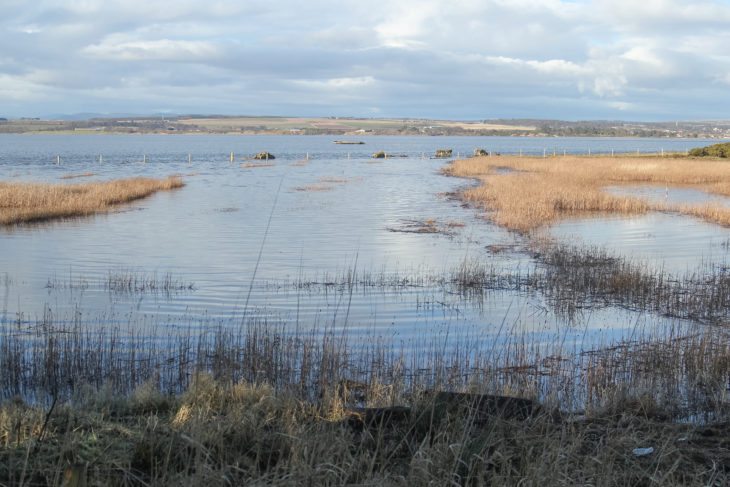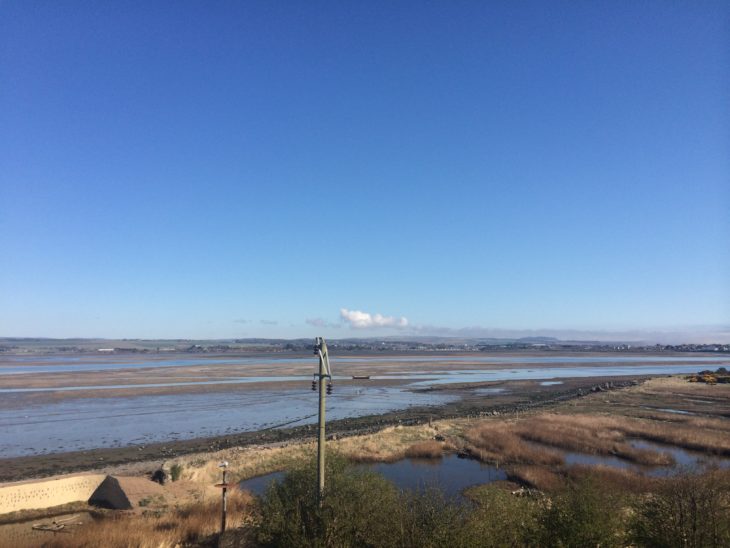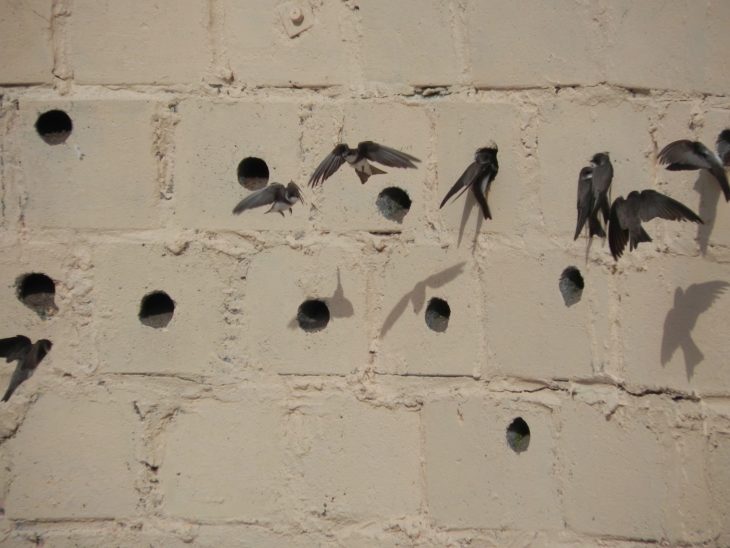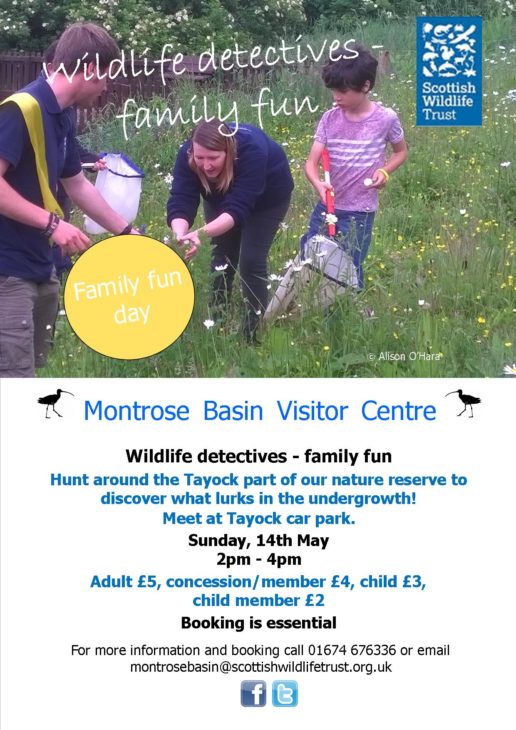The ever-changing Montrose Basin
Volunteering at the Montrose Basin 3 full days a week has really given me an appreciation for how variable it is. In the past, I’ve only visited for maybe an hour at a time, and while this gave me an idea of the kinds of birds you see in the area, I didn’t realise that I’d only been seeing such a tiny part of such a huge picture. The visitor centre gives you a lot of interesting information on how the tide affects the basin, but actually seeing this process in action has really driven home how significant this change is and how much it affects the view and the sorts of birds that you’re likely to see.

I’ll look out the window in the morning and see the basin full of water with eiders bobbing along it, the kingfisher on his perch if I’m lucky. Then after busily working at the till or on the computer for a few hours, I’ll grab my next chance to have a look out across the basin and discover it’s completely changed in just that small amount of time. At particularly low tides, the basin becomes almost entirely mud with only a river flowing through it – wading birds take this opportunity to feed on shellfish and worms, and then as the tide comes in a little again, common seals lay along the mudflats taking a rest until the estuary fills up again. Within just a day at the Montrose Basin, you can see two entirely different landscapes. It’s an ecosystem that’s always changing depending on the tide.

Not only that, but the time of year hugely influences what you’re likely to see on a visit to the reserve. The kingfisher was a common sight when I first arrived here in early March – he was almost a guaranteed sighting for visitors and I had started to take him for granted until he left to spend more time elsewhere on the basin, presumably to nest in the riverbank now that Spring is here. But the arrival of Spring isn’t just a time of farewells! It’s a very exciting time of year because the Spring migrants begin to arrive. The sand martins are commonly seen around the sand martin wall now, and we’re also starting to see osprey and terns (if we’re lucky enough!)

So Montrose Basin is always worth visiting! It’s not the kind of visitor attraction where you visit it once and exhaust all it has to offer – you’ll always see something different with the changing tide and the changing season.
– Joanna Peaker (Social Media Intern)

Help protect Scotland’s wildlife
Our work to save Scotland’s wildlife is made possible thanks to the generosity of our members and supporters.
Join today from just £3 a month to help protect the species you love.
Preface
Volunteering at the Montrose Basin 3 full days a week has really given me an appreciation for how variable it is. In the past, I’ve only visited for maybe an …
